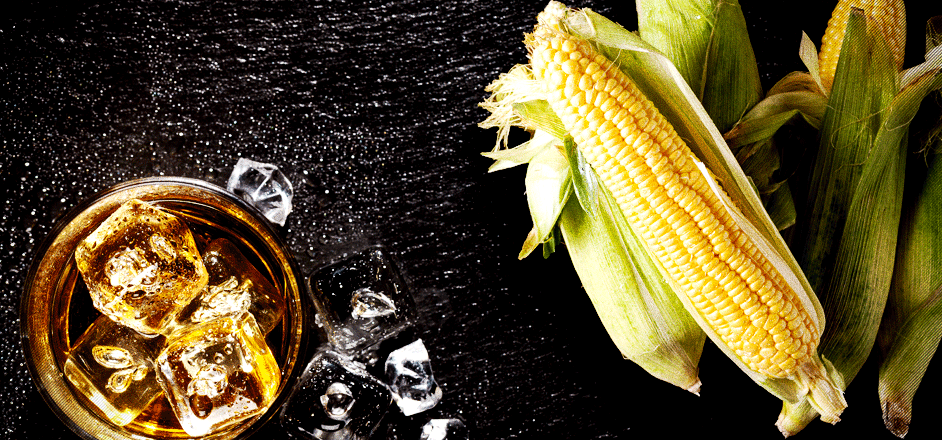Why does wine taste different by the region it was made in and whiskey doesn’t?
In a word: terroir. It’s the concept that different grapes grown in different soils and under different environmental conditions, will produce a different tasting vino. It’s why a red made in Morey St.-Denis, France will taste different than one made in Napa Valley, California. Terroir gives each and every bottle of wine a very localized, very unique flavor profile — and it gives sommeliers a lot to talk about.
But spirits, like whiskey, don’t have that same kind of native tang. In large part, because the whiskey industry relies almost entirely on just three large companies for its corn supply. It would be like if every wine maker in the world got their grapes from the same three vineyards.
It has created something of a homogenized standard in the world of whiskey. One that might soon stand to be challenged by a master distiller and a corn scientist from Texas.
Seth Murray is a top corn breeder and assistant professor at Texas A&M University. Rob Arnold is the head whiskey distiller at Firestone & Robertson Distilling Co. in Fort Worth, Texas. Together they make a whiskey force to be reckoned with — a team dedicated to bringing the concept of terroir to distilling.
“Nobody has ever done this before,” Murray says. Up until now, almost all distillers (no matter how “local” they are) use the same kind of “yellow dent corn” grown from seeds from the American Midwest. This corn was engineered to produce high yields and is not native to region, let alone in all the different places where it’s used for distilling.
“We were missing all the unique flavors that can live in corn varieties,” Arnold says. “What I’m hoping to do is tap into flavors that have been forgotten.”
Arnold’s distillery, Firestone & Robertson fancies itself the “largest distillery west of the Mississippi” and is bankrolling this exploration in spirit terroir.
The duo is genetically mixing and matching native corn strains from Latin America with heirloom strains from North America in hopes of creating new and exciting whiskey flavors. Flavors that would tie the whiskey to a region, giving the spirits a much more defined personality and character.

They aren’t the only ones playing with this concept, though. While they toil in Texas with the genetic building blocks of corn, Wigle Whiskey in Pittsburg’s Strip District is producing a terroir focused whiskey trio called the “Terroir Project,” which aims to bring a sense of place to the whiskey they distill.
Then there’s Bruichladdich Distillery in Scotland and Waterford Distillery in Ireland, both of which are terroir focused distilleries. Mark Reyneir started the former (before selling it) and now works at the latter.
“This whole idea of terroir has been bred out of us by the large grain producers because it’s inimical to mass production,” says Reyneir.
There seems to be some international momentum building behind this movement to localize whiskey through its corn. And why not? The art of distilling is gaining as much validity and haughtiness as brewing and wine making. Besides the status quo, what’s keeping whiskey distillers from using local corn?
Critics will say that heirloom strains of corn take much longer to grow and wouldn’t be able to produce enough to meet the demand. After all, just in 2017 over 23 million nine-liter cases of American-made whiskey were sold in the US — totaling over $3.4 billion in business revenue. Could that same demand be met with a supply of local corn?
That’s a question that remains unanswered. But when top notch corn scientists and master distillers like Murray and Arnold are on the job, whiskey aficionados can rest easy.



Leave a Reply